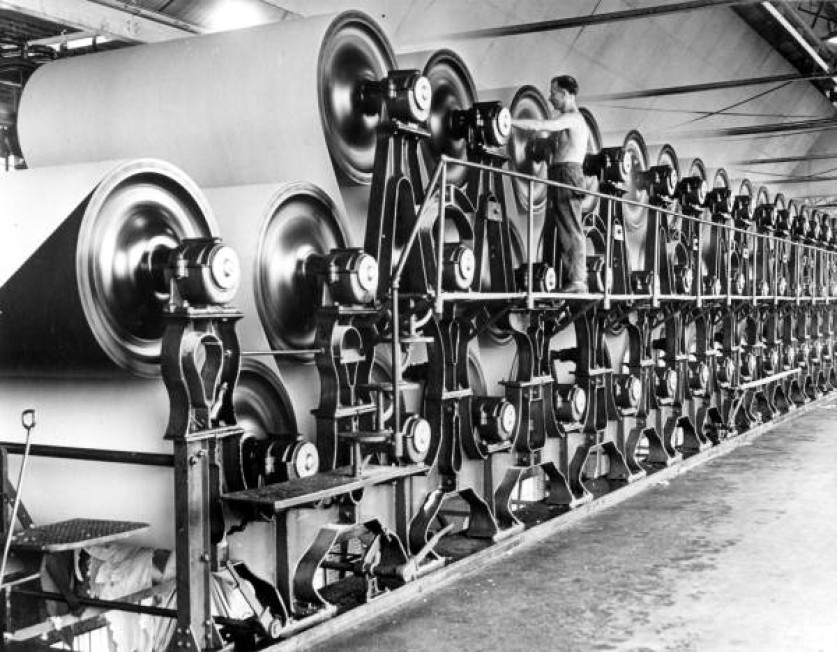
When you buy paper made by a responsible paper mill in the United States, you can feel good about your purchase. When mills use sustainable forestry practices, they grow 50% more trees than they cut down.
The mill gradually harvests a forest in stages, over a 70 to 150-year period. Each time, only the poorest-quality trees are selected, giving the healthier trees room to grow and drop seeds for the next generation of forest. This form of forest management also creates scattered openings in the forest, allowing sun and moisture to reach the forest floor — and the seeds deposited there.
* In 1993, the Forest Stewardship Council (FSC) was created to change the practice of responsible forestry worldwide. The FSC has established a certification program to guarantee that the product comes from a well-managed forest.
* Also, the Sustainable Forestry Initiative Program (SFI) became an independent entity in 2007, based on the premise that we can protect our forests while producing the wood and paper products our economy needs.
The FSC has established three labeling options for paper:
- FSC 100% Label = 100% virgin fiber coming from FSC–certified forests
- FSC Mix Label = fiber comes from FSC–certified forests in addition to recycled fiber and/or fiber from non–FSC–certified controlled sources
- FSC Recycled Label = 100% of fiber comes from postconsumer waste in accordance with FSC standards

No Comments - be the first.